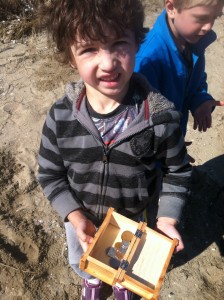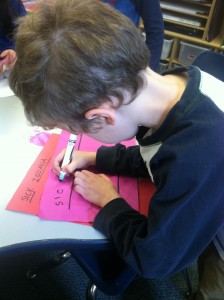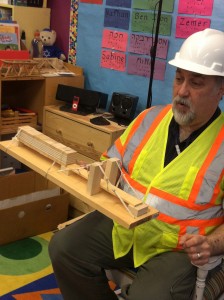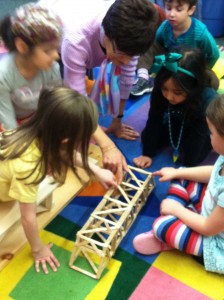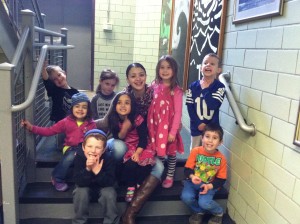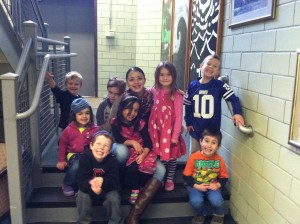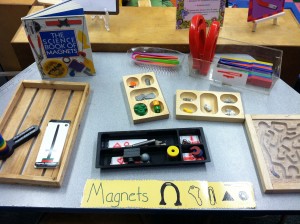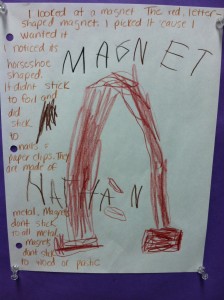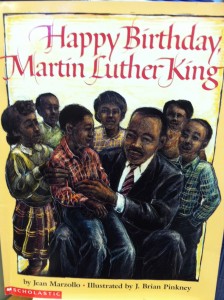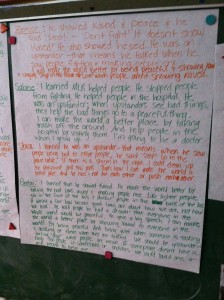Chrystal, our MET intern, has brought such exciting learning experiences to our classroom. She has been interested in animals for many years and offered to help us learn more about them. First, she interviewed us to find out what we know about caring for animals and what might we want to know. She then read us many different books about animals (including some about helping animals, wild animals, and different kinds of pets). Finally, last Friday, Chrystal brought her two dogs, Channel and Jacob, to our school.
After reviewing how to treat animals with care and respect, we were given the opportunity to practice greeting dogs safely . . .
. . . how to hold them properly . . .
. . . and how to walk them with a leash gently!
Chrystal has offered us multiple opportunities to learn about animals and their care. She invited the Director of Humane Education at the RISPCA, Lorna Steele, to visit our classroom this morning. The RISPCA (Rhode Island Society for the Prevention of Cruelty to Animals) is 145 years old and the third oldest humane society in the United States! Lorna brought with her Dafne, her beautiful angora rabbit.
Before meeting Dafne, Lorna first explained that while some animals can care for themselves (“wild animals”) and make their own homes, many animals depend on human beings to stay healthy and safe. She works at a “shelter;” an organization that takes care of animals who do not have a home or who are not cared for properly by their owners.
Lorna then read to us Nico and Lolo: Kindness Shared Between a Boy and a Dog. This wonderful book reinforced for us the importance of treating all living things with hesed (kindness). “I learned we should take care of animals,” said Shira. “We should take care of dogs who need our help!” exclaimed Leo.
After reading the book, we were finally able to pet two year old Dafne. “She looks like snow!” observed Millie. “And she feels fluffier than I thought!” said Adrian. “I see her nose!” exclaimed Asher. “And it’s moving a lot.”
Nathan observed that “The bunny has such long ears!” Lorna explained that bunnies hear very well – and also are sensitive to vibrations. And we also learned that when bunnies get really hot, they release the heat through their ears (and they get very pink!)
We thank Lorna for sharing her bunny, her expertise, and her gentle and warm spirit with us this morning. And a special thanks to Crystal for planning and leading this special learning project!
























